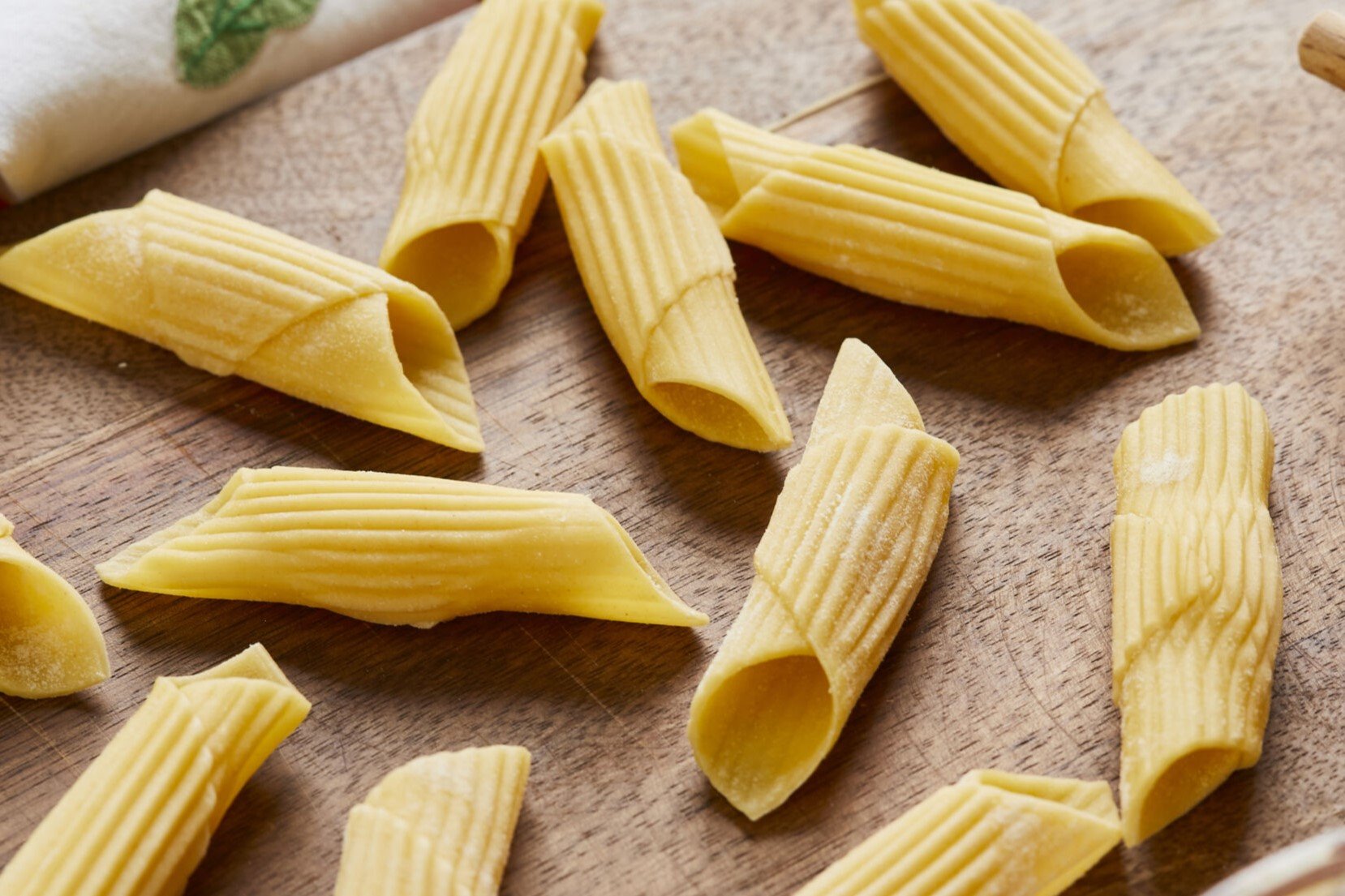
Penne pasta is a popular staple in Italian cuisine and is beloved by pasta lovers all over the world. With its tubular shape and ridged texture, penne pasta is not only delicious but also versatile, as it pairs well with a variety of sauces and ingredients. But besides its taste and culinary appeal, have you ever wondered about the nutrition facts of penne pasta? In this article, we will explore 19 penne pasta nutrition facts that will give you a better understanding of its health benefits and potential impact on your diet. Whether you’re looking to enhance your pasta dishes or want to make informed choices about your nutrition, this article will provide you with valuable insights into the nutrient profile of penne pasta. So, let’s dive in and discover the surprising nutritional facts behind this beloved pasta variety.
Key Takeaways:
- Penne pasta is a moderate-calorie, high-carb dish with low fat and sodium. It’s versatile, filling, and packed with essential nutrients, making it a delicious and wholesome choice for meals.
- With its slow-digesting carbs, fiber, and vitamins, penne pasta is a satisfying and healthy option for both kids and adults. It’s easy to find, easy to cook, and perfect for meal prepping!
Calories
One cup of cooked penne pasta contains approximately 200 calories, making it a moderate-calorie option for a satisfying meal.
Carbohydrates
Penne pasta is rich in carbohydrates, providing around 40 grams per serving. Carbohydrates are the body’s primary source of energy.
Protein
Did you know that penne pasta contains about 7 grams of protein per serving? Protein is essential for building and repairing tissues in the body.
Fiber
Penne pasta is a good source of dietary fiber, with each serving offering approximately 2 grams. Fiber aids in digestion and helps maintain a healthy digestive system.
Fat
Penne pasta is low in fat, with less than 1 gram per serving. It is a great option for those watching their fat intake.
Sodium
One cup of cooked penne pasta contains only about 5 milligrams of sodium, making it a low-sodium food choice.
Vitamins
Penne pasta is a good source of various vitamins, including niacin and folic acid, which play important roles in supporting overall health.
Minerals
It also contains essential minerals like iron and magnesium, which are important for maintaining proper bodily functions.
Low Glycemic Index
Penne pasta has a low glycemic index, which means it is digested and absorbed slowly, resulting in a slower rise in blood sugar levels.
Versatility
Penne pasta is incredibly versatile and can be paired with various sauces, vegetables, and proteins to create a wide range of delicious dishes.
Satiety
The high carbohydrate and fiber content of penne pasta contribute to a feeling of fullness, helping to control appetite and prevent overeating.
Antioxidants
Studies have shown that whole grain penne pasta is rich in antioxidants, which help protect the body against oxidative stress and chronic diseases.
Gluten-Free Options
For individuals with gluten sensitivities or celiac disease, there are gluten-free penne pasta options available made from alternative grains like rice or quinoa.
Cooking Time
Penne pasta typically cooks in around 10-12 minutes, making it a convenient choice for quick and easy meals.
Shelf Life
Dried penne pasta has a long shelf life, making it a pantry staple that can be stored for months without losing its quality.
Suitable for Meal Prep
Penne pasta is an excellent option for meal prepping as it retains its texture and taste even when reheated, making it great for leftovers.
Popular in Italian Cuisine
Penne pasta originated in Italy and is a staple in various Italian dishes, such as pasta salads, baked casseroles, and classic pasta dishes.
Easy to Find
You can find penne pasta in most grocery stores and supermarkets, making it accessible to all.
Fun for Kids
The shape of penne pasta, with its tubular form, makes it enjoyable for kids to eat. It can be incorporated into kid-friendly recipes as well.
So, next time you are enjoying a plate of penne pasta, remember these 19 penne pasta nutrition facts and appreciate the wholesome and delicious qualities of this beloved dish!
Conclusion
In conclusion, penne pasta is a versatile and delicious option that can be enjoyed in a variety of dishes. It is a good source of energy, thanks to its complex carbohydrates, and contains essential nutrients such as fiber, protein, and iron. However, it is important to keep portion sizes in mind, as pasta can be high in calories if consumed in excess. Pairing penne pasta with nutrient-dense sauces and toppings, such as vegetables and lean proteins, can make it a healthy and satisfying meal choice. So, go ahead and enjoy penne pasta as part of a balanced diet!
FAQs
1. Is penne pasta gluten-free?
No, traditional penne pasta is made from wheat, which contains gluten. However, there are gluten-free alternatives available made from ingredients like rice, corn, or quinoa.
2. Are there any health benefits to eating penne pasta?
Yes, penne pasta is a good source of complex carbohydrates, which provide energy. It also contains fiber, protein, and essential minerals like iron. However, it’s important to balance portion sizes and pair it with nutritious toppings and sauces.
3. How many calories are in a serving of penne pasta?
The number of calories in a serving of penne pasta can vary depending on the brand and preparation method. On average, a one-cup serving of cooked penne pasta contains around 200-220 calories.
4. Can penne pasta be part of a weight-loss diet?
Yes, penne pasta can be included in a weight-loss diet if eaten in moderation. It’s important to watch portion sizes and choose lighter sauces and toppings with plenty of vegetables for added vitamins and minerals.
5. How should penne pasta be stored?
Penne pasta should be stored in a cool, dry place, ideally in an airtight container. This helps to preserve its freshness and prevent it from absorbing moisture, which can lead to spoilage.
Was this page helpful?
Our commitment to delivering trustworthy and engaging content is at the heart of what we do. Each fact on our site is contributed by real users like you, bringing a wealth of diverse insights and information. To ensure the highest standards of accuracy and reliability, our dedicated editors meticulously review each submission. This process guarantees that the facts we share are not only fascinating but also credible. Trust in our commitment to quality and authenticity as you explore and learn with us.


